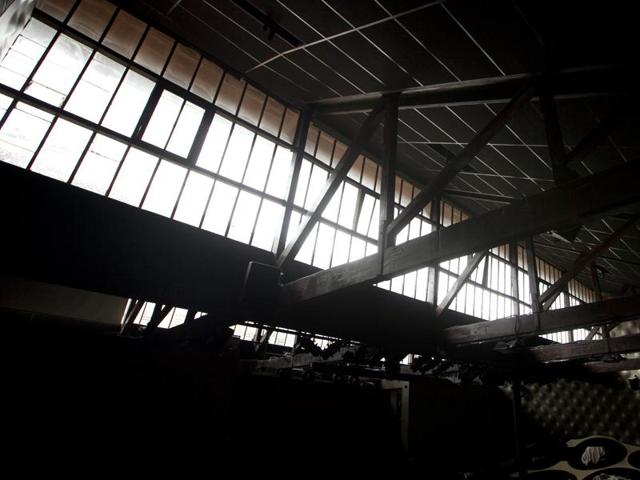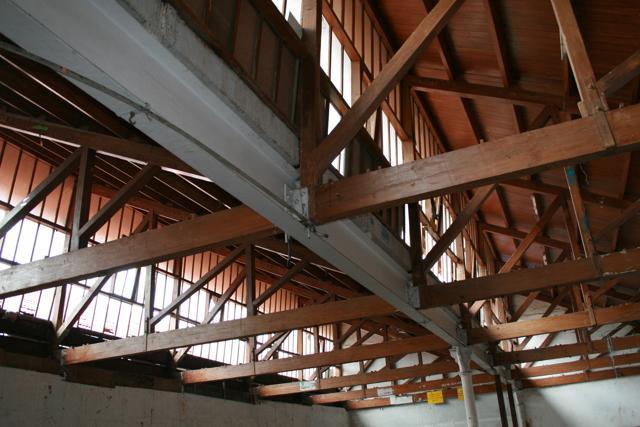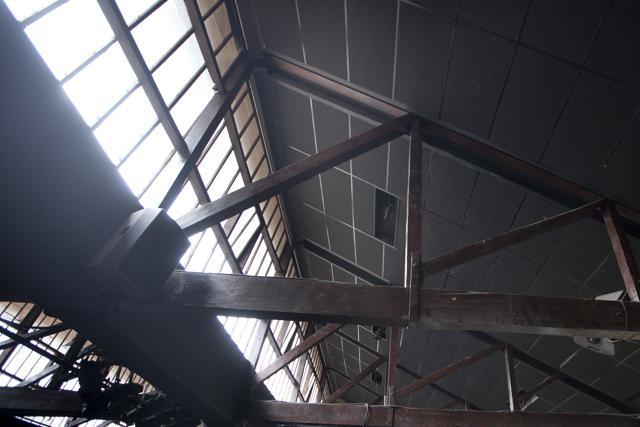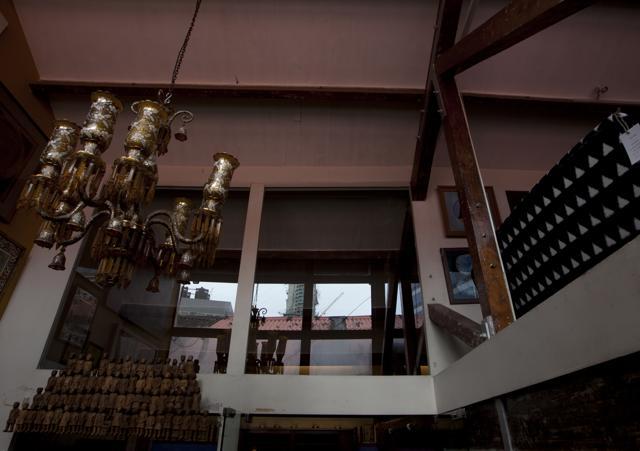Insider’s guide to... Todi Mill
In the heart of Mumbai’s corporate hub — Lower Parel — one can easily miss the entrance to Todi Mill. Off Senapati Bapat Road, this mill structure is an erstwhile storage unit, overshadowed by towering buildings characterised by reflective glass exteriors. What then, makes Todi Mill so prominent? It stands testament to the golden age of Mumbai — the early 1900s, when the textile industry made Bombay the financial capital of the country — and now, houses the best of eateries within its premises. “It is one of the few original mill constructions left in Lower Parel. It fuses old-school Bombay with the upbeat new-age Mumbai,” says Mahesh Mathai, co-founder, Blue Frog. He reveals a few interesting facts.

Did you know?
* Todi Mill is located in the Mathuradas Mill Compound. It was one of the largest mill compounds in Parel, the others being Sun Mills and Kamala Mills, both of which are corporate hubs today.

* Todi Mill was oddly located inside the compound and hidden to passers-by. The roads leading to the space were muddy and waterlogged, courtesy the residual waste from the surrounding mills.

* Established in the late 1800s, Mathuradas Textile Mill specialised in manufacturing cotton textile goods such as saris, sheets, shirt material, dhotis, tablecloth and towels.

* By the mid 1950s, the Todi Mill structure was converted into a warehouse where textile machinery, such as automatic looms, dyeing machines and construction equipment from the surrounding mills, was stored.

* After the mill workers’ strike in 1982, the entire stretch of Todi Mill was sold off to various people, as a result of which independent firms set up shop within the premises. The prominent ones are Blue Frog, Zeba, Idealake (a technology firm), WLCI (a college of vocational studies) and Café Zoe.






